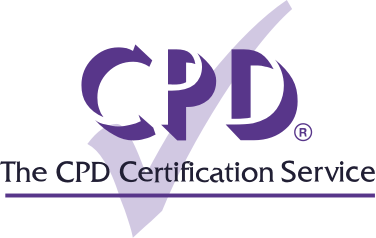The need to prioritise effectively is necessary throughout work, learning and wider personal life in order to accomplish everything that we need to. The following CPD article looks to define what prioritisation is, including the best techniques and skills needed to prioritise, and how work and learning can be prioritised effectively.
What is prioritisation?
Prioritisation is assessing the relevant importance or urgency of assigned tasks. According to the Merriam-Webster Dictionary, the definition of prioritisation is “to organise so that the most important thing is done or dealt with first.” Prioritisation requires planning and effort to decide what requires handling first and creating an order for doing things. Prioritising tasks involves establishing and following criteria to help determine and differentiate between high priority and low priority tasks. Prioritisation leads to the development of effective time management and good organisation.
Why is prioritisation important?
In the first instance, establishing priorities is necessary and important in order to complete everything that needs to be done. It ensures that the tasks fundamental to achieving overall goals are fulfilled when they need to be. It also gives clarity to workload and responsibilities and avoids drift and procrastination. Prioritisation helps create focus which in turn avoids stress – without the focus of prioritisation, tasks can be delayed, time can be lost and deadlines missed, which increases individual stress and a sense of no control.
Effective prioritisation has also proven to increase productivity and performance in the workplace as individuals feel more confident and effective. Employees with good prioritisation skills will be better equipped to make strategic decisions and develop time management skills (read our article on good time management).
Time management skills can lead to a better work life balance as they encourage smarter working, with an understanding of the time needed to complete tasks, rather than letting time drift and waste with no focus. Proper prioritisation ultimately creates more free time or time to focus on other work.















